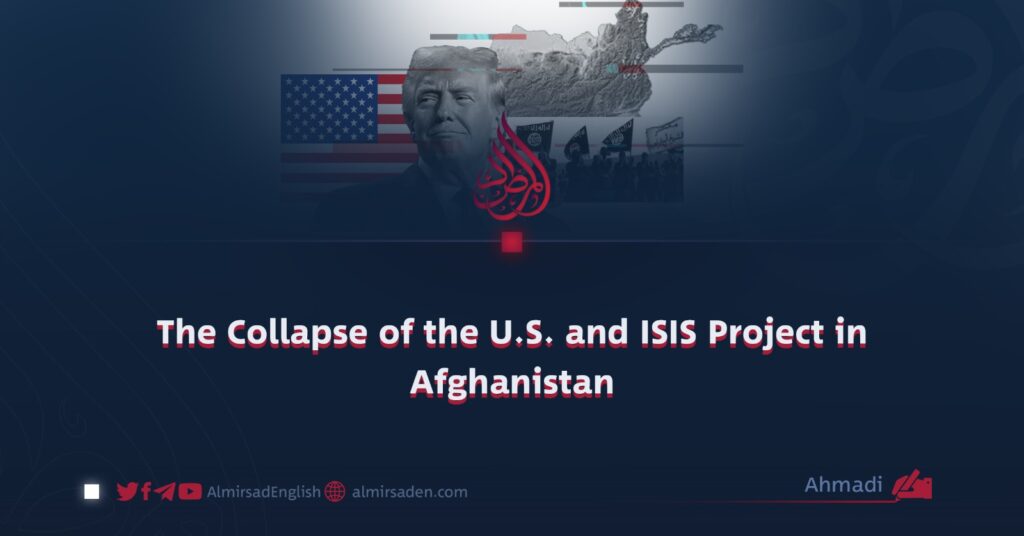By Ahmadi
The 9th of Sunbula 1400 (August 31, 2021) was not only the day that marked the end of the occupation, culminating in the humiliating withdrawal of the last American troops from Afghanistan. It was also the day that revealed one of the darkest chapters in the country’s modern history. Historical evidence and credible documents show that the United States, under the guise of fighting terrorism, covertly supported the ISIS terrorist group in Afghanistan.
During America’s two-decade military presence, the activities of the ISIS group expanded in a suspiciously rapid manner. Before 2014, ISIS had no meaningful presence in Afghanistan. Yet, between 2015 and 2019, it suddenly emerged as one of the country’s major security threats.
Contrary to Washington’s repeated claims of combating terrorism, U.S. forces never carried out effective operations against ISIS. In many instances, American airstrikes instead targeted areas under the control of the Taliban, who were engaged in the struggle to end foreign occupation. Reports from eastern Afghanistan indicated that U.S. forces indirectly created space for ISIS by erecting artificial obstacles to hinder the Taliban’s advances, thus enabling the group to establish and expand its foothold.
Documents published by respected international newspapers revealed that the Pentagon and American forces deliberately exaggerated the threat posed by ISIS as a pretext to prolong their military presence in Afghanistan, even as they secretly provided support to this extremist group.
Following the defeat of the U.S. and NATO and the ignominious withdrawal of American troops on the 9th of Sunbula, startling truths came to light. There was a sharp decline in ISIS attacks, the dismantling of its logistical networks, and the exposure of documents suggesting collaboration between U.S. officials and ISIS leaders. These revelations confirmed that the true source of ISIS’s strength lay in America’s hidden support.
ISIS proved strong only so long as it was backed by the United States. The 9th of Sunbula marked not only the end of America’s physical presence in Afghanistan, but also the collapse of its wider geopolitical project in the region.
The events of that day demonstrated that the United States was not a champion in the fight against terrorism, but rather one of its architects. By fostering ISIS, Washington aimed to transform Afghanistan into a base for regional domination. However, the resilience of the Afghan people and the shameful U.S. withdrawal brought that plan to ruin.
Today, Afghanistan is taking steps toward a future free from both the U.S. and ISIS. The 9th of Sunbula remains a reminder that no superpower can enslave a free nation through terror.
